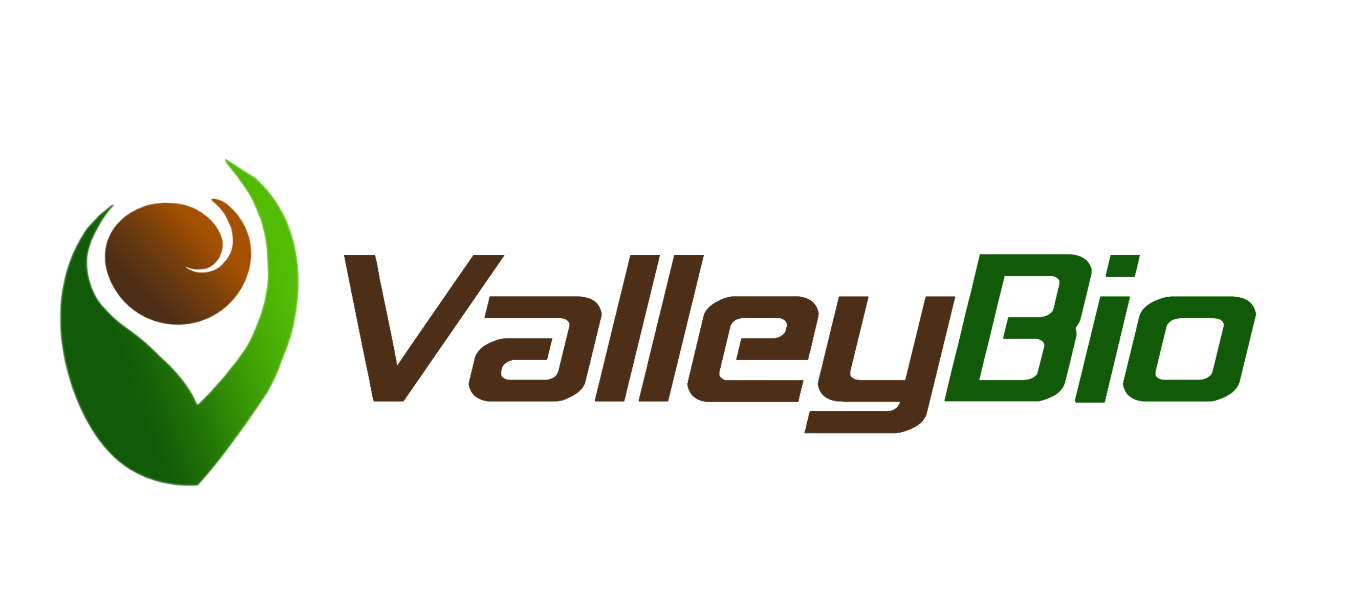Soil Testing
March 2025 - written by Laura Neill
Getting a soil test done is one of the easiest ways to get an idea of what is in your soil. Though reports can look different from lab to lab, they all tell you the basic information needed to help inform nutrient management decisions on your farm.
When sampling be sure to follow OMAFA protocols and send the sample to an OMAFA-accredited soil lab to ensure the results can be properly interpreted. To help interpret the results you can refer to the Ontario Agronomy Guide (pub 811) or reach out to a certified crop advisor.
The soil test values that you will see on the report from the lab are usually reported in parts per million (ppm) which represents 1 milligram of extracted nutrient for each kilogram per soil.
I always recommend starting with a focus on pH. pH will determine how your other nutrients cycle and their availability. If we do not correct pH, other required nutrients will be less available. Additionally, applying lime is a great and cheap first step in improving nutrient management. Table 9-2 of the Agronomy Guide will tell you when lime is recommended. Remember you might need to refer to your bpH which is your buffer pH. Your pH tells you how acidic or basic your soil is. The buffer pH is an indication of how easier it will be to change the pH of your soil, it is the reserve acidity of the soil. You need to refer to the buffer pH when determining lime requirements.
Organic Matter (OM) is another important number to reference. Monitoring the change in OM over time can tell you about the health of your soil and how your management practices are hopefully working to build OM. OM is an important factor in soil aggregation, preventing erosion and crusting, and nutrient cycling. By improving OM, you can improve the nutrient cycling and availability within the soil without the addition of fertilizers.
Looking at nutrient values will help determine if other nutrients need to be added (either as synthetic fertilizer or organic amendments). Most labs will have a code associated with the results (e.g. LR) which will give you an idea of how likely you are to have a profitable response to an application of that nutrient. These codes are based on OMAFA fertilizer guidelines which are based on the sufficiency approach of nutrient application. The sufficiency approach is one that aims to maximize profitability while minimizing costs.
Example
Let's look at an example report to better understand the numbers. In the example the pH is 602 and the buffer pH is 6.9. Based on our goals of growing soybeans (as seen at bottom) and a goal pH of 6.0 for soybeans (as seen in table 9-4 of the Agronomy guide), no lime would be required for this field. Our organic matter is 5.4 which is fairly hair for Ontario soils and this suggests decent soil health in the field. Our phosphorus (remember to look at Sodium bicarb) is 11ppm which as the code suggests, we would see a medium response if we were to apply fertilizer. The lab provides a recommended rate of 27 lb/ac of phosphorus to ensure the suggested yield goal of 47 bu/ac is met. No Potassium is recommended as the value is 151 ppm and based on the sufficiency approach, no economic response would be observed. Our other nutrients are also reasonably high and fertilizer applications would not be recommended. The boron value is a little low, however this is usually not a concern in soybeans.
Valley Bio Digital Agriculture Calendar
Subscribe today - this calendar will be updated with events as dates are solidified, and you will be the first to know!




